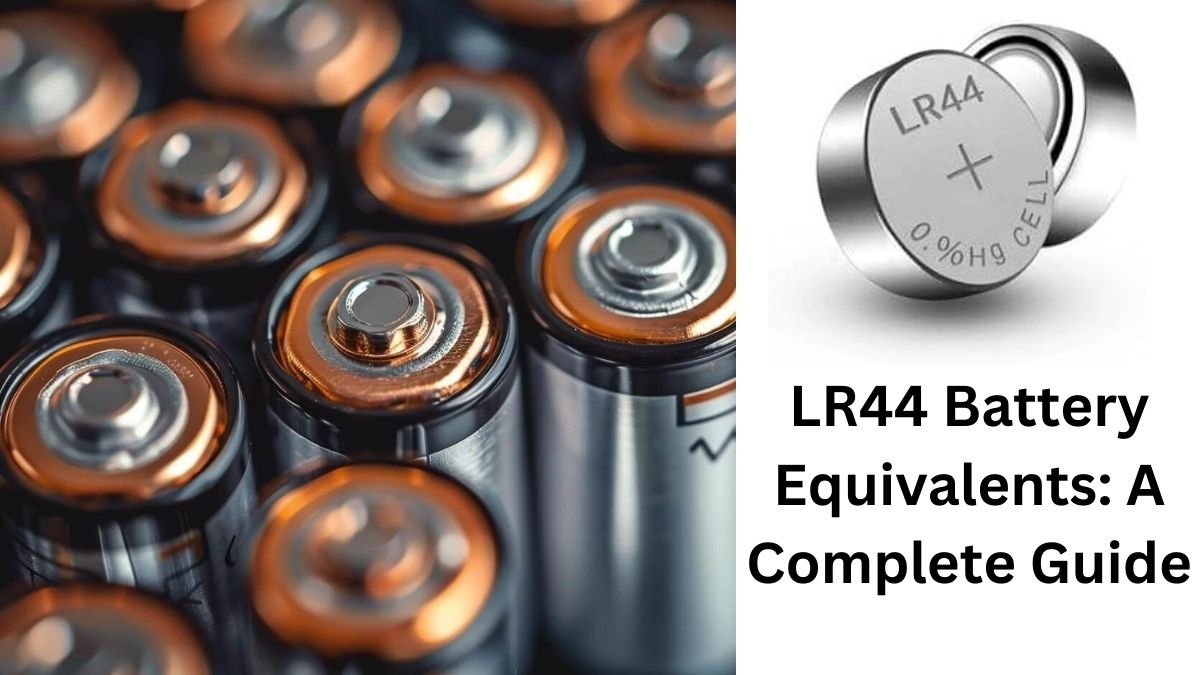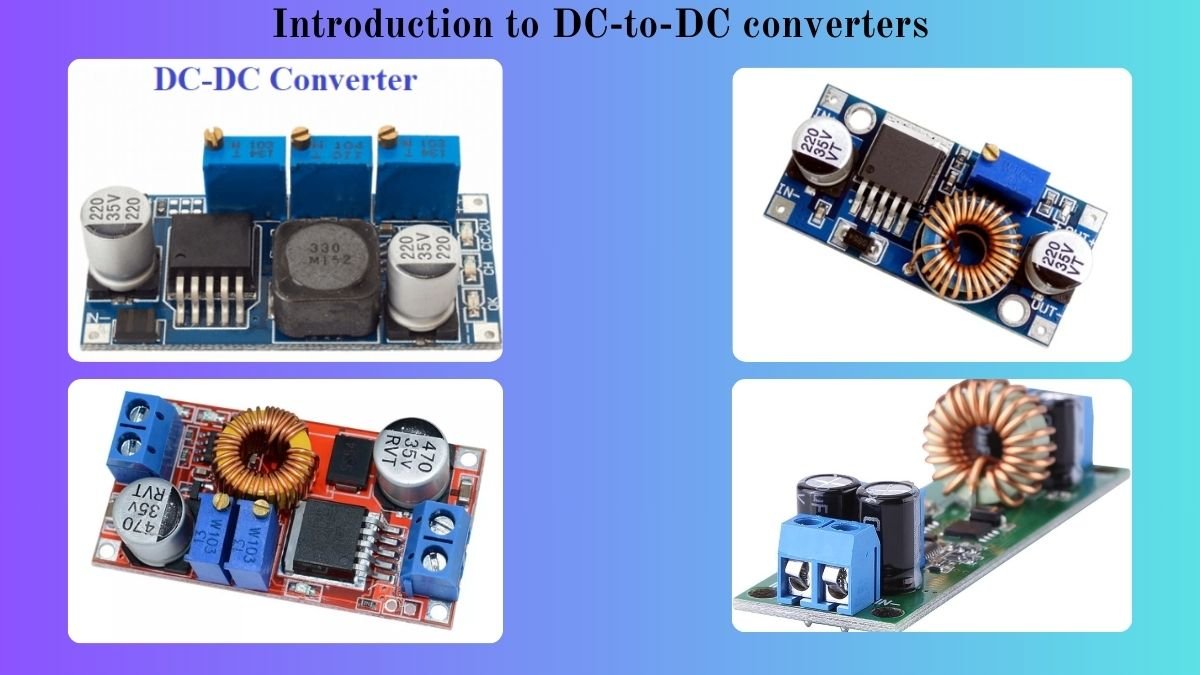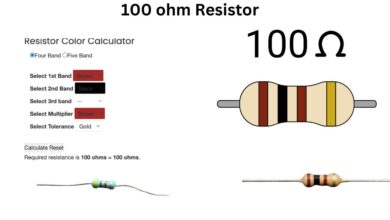Basics Electronics
What is Electromagnetism
Hey Guys, I’m here with another article on Basic electronics. Today we’re going to discuss Electromagnetism.
- Electromagnetism is a very common topic that is discussed in electronics in about every task from designing circuits on a breadboard to on PCB.
- Also, while working with hall-effect devices and modules. Electromagnetism is responsible for electromagnetic induction and various other tasks like solenoid lock, solenoid valve, and many others. We’ll clear these all in today’s article.
- Electromagnetism is the linkage of a small branch that helps us to understand various different others topics and phenomena revolving around it. So, let’s dig into it!!
What is Electromagnetism?
- You all might be familiar with magnets we used to play around with. So the property that a magnet posses are magnetism.
- Similarly, an electromagnet is a property that a current-carrying coil or wire possesses due to the flow of charge or electrons through it.
- Electromagnetism is the property of an Electromagnet, and how an electromagnet is created is very simple. Nothing to do more complex, just pass the current to a coil of wire, and you’ll see that iron fillings or metal objects are attracted toward the coil.
- Due to this, electromagnetic induction, electromagnetic field, and flux are all related and responsible to this. We all might be familiar with Faraday law in lower classes and have learned much about this, but as time changes, its applications and uses change. Also, Inductors are the basic component that is based on electromagnetism.
- Any current carrying wire develops a field around it, which is defined as an Electromagnetic Field. The direction and magnitude of this field can easily be calculated very easily which the help of formulas and laws.
How does electromagnetism work? Electromagnetic Field.
- An electromagnet is a simple coil and or a wire wound into a circle with more turns. When current flows through it, an Electromagnet is created due to the flow of charge through the wire.
- But not only this, due to flow the electromagnetic field is generated around the coil according to the right-hand curl rule. According to this rule put the thumb in the direction of the current and curl the fingers, the curl of fingers shows the direction of the magnetic field.
- Apart from this rule, you can also use Cork -Screw rule for finding the direction of magnetic field generated around a current carrying conductor. For this, assume of holding a screw and tight it up or rotate it such that the screw tightens up in the direction of flowing current.
- The strength of the electromagnet depends upon the number of turns in the coil, the radius of the coil and the current flowing through the wire. As according to the formula for measuring electromagnetic field.
- Biot-Savart Law is used for measuring the Magnetic field Intensity and the Formula which is used is
- B=μ0IdlSinθ/4πr2, which reduces to B=μ0NI/2r
- Where μ0 is the absolute permittivity of the free space or vacuum, its value i & unit is 4π x 10-7 N/A2 (Newton per Ampere square). N is the number of turns, I is the current flowing through it and R is the radius of the coil is wound into.
- From the above formula it is clear that the strength of magnetic field is directly proportional to the number of turns and current flowing through it and inversely proportional to the radius of the coil.
- Like any other permanent magnets, these electromagnets also have a North and South pole, for which you have to observe the direction of flowing current through it.
- If the direction of one side of the coil is in Clockwise Direction then it is its South Pole and if It is Anti-Clockwise Direction then it is its North Pole.
Applications of Electromagnetism:
- There are many other topics which needs to be studied in order to understand the topic completely. I’ll give some brief about it below, but details will be in the following article.
- Electromagnetic Flux: It is defined as the number of Magnetic field lines passing through a surface
- Electromagnetic Induction: This is completely based on Faraday’s Experiment, which shows that an EMF can be induced in a coil which the help of a permanent magnet or electromagnet
- EMF: Electromotive Fore or commonly knows as potential of the induced current in the coil as according to the Faraday’s experiment.
Solenoid valve & Lock:
- These are the components that purely works on Electromagnetism. If you cut open these, you’ll see a coil of many turns inside these components.
- Also, the middle shaft is connected to fixed with a permanent magnet which is moveable and hence closes and opens the flow or lock.
- When you pass current through the coil due to electromagnetism, the permanent magnet is attracted towards the coil. Hence, the solenoid lock and solenoid valve opens and closes as a result.
Motors and Speakers works on same principle as well
Solenoid Valve Interfacing With Arduino
Solenoid Lock Interfacing With Arduino
How to control dc motor with Arduino




